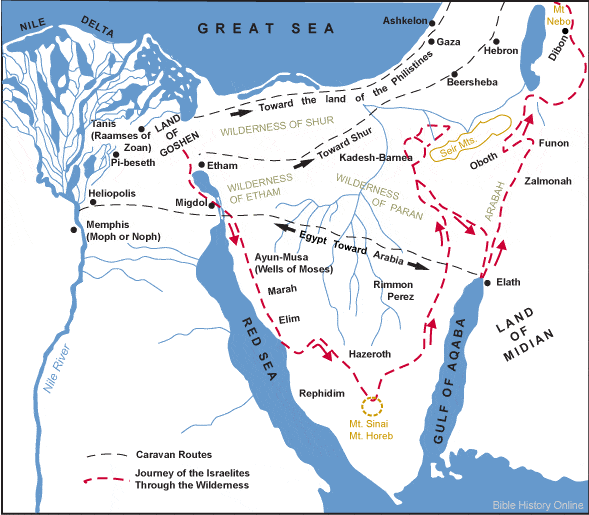 Parshat Massei (Numbers 33:1–36:13) — The lessons of our life journeys gleaned from three verse in this week’s Torah portion.
Parshat Massei (Numbers 33:1–36:13) — The lessons of our life journeys gleaned from three verse in this week’s Torah portion.
Shorashim study and Overview
The Bible chronicles the forty-two journeys and encampments of Israel from the Exodus from Egypt to their encampment on the plains of Moav across the river from the Promised land.
Why was it important to describe each of these voyages?
Why repeatedly explain that they went from point A until they encamped at point B and then say they went from point B until they encamped at point C?
Just tell us that they encamped at point A, B and C.
G-d delineates the boundaries of the land he has promised them. He also describes the concept and location of the cities of refuge which would be safe haven for inadvertent murderers.
Why tell the children of Israel about these Cities of refuge now?
If these crimes were inadvertent why send the man into exile altogether?
The daughters of Zelafchad are revisited and the corollary of what was said to them in the previous encounter is now raised. They marry within their own tribe of Manasseh, so that the inheritance that they received from their father would stay within the tribe.
Why was this corollary issue not dealt with then?
Is their a difference between the legal ruling they got from the one that was received at this point?
What word points to that difference?
The final words of this portion and the book of Bamidbar (Numbers) are:
These are the commandments and the ordinances that HaShem commanded the children of Israel through Moshe in the plains of Moav, by the Jordan at Jericho.”
Ponder the following:
- “HaShem commanded the children of Israel through Moshe”
- “plains of Moav”
- “by the Jordan”
- “at Jericho”
Listen to this week’s podcast:
